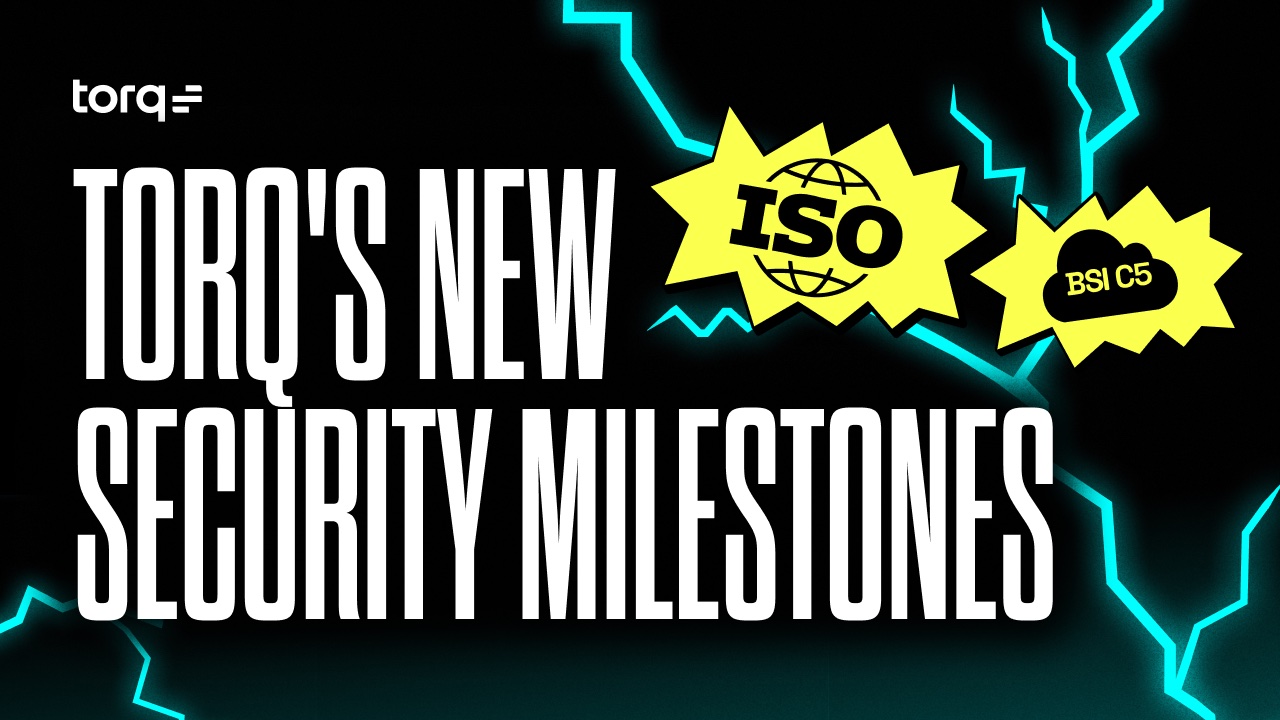SOAR is dead. At first glance, that might be a bold statement, but the writing’s on the wall. While SOAR may have been a thing in the past, it’s not built for hybrid cloud adoption at enterprise scale. Cue, Torq Hyperautomation.
Here are 5 reasons why SOAR is dead:
Disconnected Defenses
Lack of connectivity with ever-expanding tools = red flag. The traditional SOAR operating model is slow and inflexible. Legacy SOAR is built upon an outdated architecture that can’t meet the hyperconnectivity and scalability to address modern threats. Guess what? Torq Hyperautomation not only allows you to create workflows in minutes, but it allows you to do it without professional services.
SOAR is Purely Reactive
You can’t be ahead of modern cyber threats if you’re a half a step behind. It’s not enough to just automate tasks around incident response, organizations need a solution that prevents incidents happening in the first place. Hyperautomation performs proactive, automated tasks like regular vulnerability assessments, configuration reviews, contextual threat intelligence, user behavior and insider threat monitoring, and threat hunting that prevent incidents while providing incident reports. Simply put, Hyperautomation allows you to stay ahead of the curve, SOAR keeps you a part of the pack.
Limited Events Processing
Pre-configured responses are a thing of the past. SOAR was built as a standard monolithic architecture, in which the entire application is deployed as a single entity, typically running on a single server or cluster of servers. You can’t teach a dog new tricks. Making SOAR extend beyond these configurations is too time-consuming, costly, and even potentially impossible to complete, as it typically requires the entire environment to be rebuilt and redeployed to upscale the entire system as a whole, instead of individual components.
Narrow and Incomplete Visibility
Lack of visibility? That’s sketchy. SOAR’s lack of a cloud-native architecture means they cannot deliver full visibility into on-premise, hybrid, and public or private cloud environments. Hyperautomation utilizes modern zero-trust containerized agents making outbound-only connections for on-premise environment connectivity.
Hidden Costs
You wouldn’t pay for a Ferrari to get a Prius, so why would you pay more for SOAR? The price tag and value don’t add up. SOAR’s licensing was based on the number of analysts or users in the organization, but that changed when it became a ticketing system, decreasing its value. Hyperautomation’s radically different approach delivers a much better correlation between price and the value received. There are also no hidden costs associated with hyperautomation.
Torq Hyperautomation achieves 10X Faster ROI Compared to Legacy SOAR
Torq Hyperautomation analyzes cyberthreats at scale with unprecedented ease and efficiency, using built-in advanced AI capabilities that SOAR completely lacks.
I’ve only scratched the surface on this topic… read the SOAR is Dead Manifesto to see exactly why SOAR has been put to rest: https://torq.io/resources/soar-dead-manifesto/







